Boosting Brand Impact: The Power of TVOOH Advertising in Point-of-Care
You're waiting at the dentist's office for that dreaded appointment you scheduled like 6 months ago. And if it weren't for your 6 phone alarms, multiple event reminders and a calendar invite, you probably would have missed it. Again.
What makes it worse, after waiting for nearly 180 days, you are still made to wait in the waiting area for for what seems like an indefinite amount of time, until a confidently smiling receptionist finally calls your name.
While the aroma of fresh tooth dust and eugenol is pleasant enough, a lot of the times patients waiting on the other side of the reception are bored and looking to kill time with something more interesting than browsing their smartphones which they certainly don't miss out on outside of this setting either.
And if you're anything like me, or the majority of the American populace for that matter, anything said by your healthcare provider or displayed in a healthcare setting is automatically 10x more valid and credible. That right there is why Point-of-Care settings (POCs) provide an incredibly opportune scenario to deliver patient-relevant information, be it venue or marketing related.
Research suggests that patients consider POC messaging more reliable than messaging from other media channels, with 20% saying they trust it. (That may sound low, but it beats print at 14%, social media at 10%, the internet at 9% and TV at 8%.) Meanwhile, 23% of patients who viewed content about medications at the POC asked their doctor about those medications, outstripping any other media channel.
Another study analyzing DTC ads concluded that the POC channel emerged as the most cost-efficient by representing just 2% of overall media spend yet driving 17% of new-to-brand prescriptions.
All of this astonishing effectiveness comes from reaching your audience, in this case, patients, when they are extremely receptive to healthcare-related content, activated to speak to their doctor and take the reins on their health. That’s when they are craving information and that’s precisely what marketers can capitalize on.
For instance, in my example above of the much-awaited (not) annual trip to the dentist's, the patient will likely be all prepped up to finally invest more attention and possibly $ in their dental health. All that scaling and deep cleaning would need some maintenance after all. It's basically the Point-of-Care equivalent of the "new-year, new-me" phenomenon. You're more motivated, more attentive and automatically lend more value to any messaging displayed in a healthcare setting given the supposed credibility and also relevance of the contextual environment.
While reaching the right audience at the right time with OOH and TV might be a challenge, VenuEx's TVOOH screens at POCs, powered by ElementalTV's leading-edge programmatic tech, enable you to hyper-target audiences based on traditional targeting and venue-based data signals, allowing for super tailored messaging to these specific audiences & locations.
Offering high-ROI with the one-to-many coviewing scenarios at attractive CPMs, VenuEx screens are positioned for advertising success.
